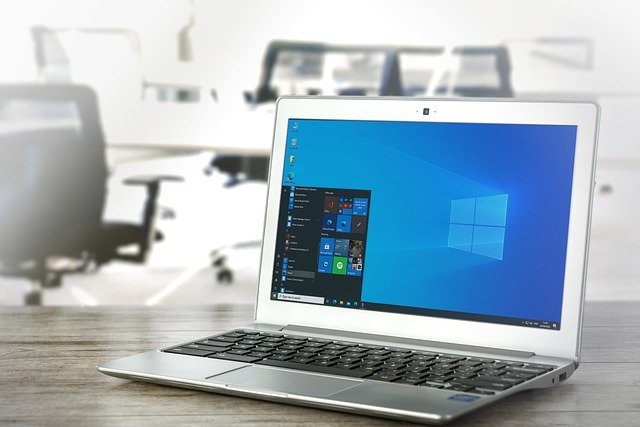T-Mobile’s crown jewel from its long-fought battle to merge with Sprint was front and center on Tuesday, as T-Mobile CEO Mike Sievert talked up the capabilities the “uncarrier” will get from the 2.5 GHz spectrum.
Sure, T-Mobile launched 5G with its 600 MHz spectrum. But with the Sprint merger, it acquired more than 100 MHz of 2.5 GHz spectrum in top markets across the country. Sprint didn’t fully build it out, and now in the hands of T-Mobile, that spectrum is finally getting a chance to live up to its full potential with 5G.
“This is game-changing,” Sievert said during a UBS event. “And it was a huge part of why we worked so hard to get this merger done, because we knew how it would benefit tens of millions of people and by extension, benefit our business.”
T-Mobile reaches about 270 million people with what it calls its 600 MHz “extended range” 5G. Plans call for covering 100 million people with the 2.5 GHz deployment by the end of this year and to cover 200 million by the end of 2021. It also has millimeter wave spectrum, which it will use to augment capacity in certain areas, but the star of the show is the mid-band spectrum.
“This mid-band buildout, this is the game,” Sievert said. “And we are way ahead of anybody in this area. We plan to stay ahead.”
Of course, the C-band auction just kicked off this week, and that’s where Verizon is expected to acquire its main mid-band spectrum for 5G, but it will take a while for that spectrum to be cleared and used. Analysts peg T-Mobile’s head start in this area to anywhere from 18-24 months.
What’s so game-changing is the capacity and reach that mid-band spectrum provides for 5G. “This is the way that you get very, very high, ultra capacity 5G experiences to people by the millions and tens of millions,” Sievert said. People are going to see an experience much better than LTE – speeds up to 10 times faster, or 300 and 400 Mbps and peaks over 1 Gigabit.
“This isn’t just in little smatterings of certain street corners and when the leaves aren’t out,” he said. “This is across vast swaths of the country.”
RELATED: T-Mobile’s Ray predicts 5G claims will haunt rivals
Sievert said he couldn’t talk about post-C-band auction dynamics. But he said the company is positioned to lead for the entire 5G era.
Once again, he gave props to Verizon for commanding the lead in the 4G era. “They got out first. They got out best and they stayed ahead on network through the entirety of the 4G era. We worked really hard to catch up, kind of caught them as the era was ending, not in square miles but in overall PoPs and coverage and capacity,” he said.
“In 5G, that’s our opportunity. We’re starting out way ahead and we intend to lead for the entire era. And not just be the best 5G network in terms of speed and capacity but to be the best network. And we’re a pure-play wireless company. And we know that in order to win, we have to have the best and the leading network in this country. And we have to become famous for it, which frankly is even harder because brands are stubborn.”
T-Mobile still intends to offer the best value, he added. The company already gets credit for offering more affordably priced plans, and it doesn’t intend to lose that reputation.
T-Mobile does have some 4G LTE on 2.5 GHz from the legacy Sprint network, but the destination is for it to be all 5G.
RELATED: Verizon’s DSS performance ‘disappointing,’ says SRG
T-Mobile continues with its migration of Sprint traffic over to its own network, and some of that work has been done on an isolated basis, but that ramps up in 2021 and 2022. The actual decommissioning of sites will happen mostly in 2022.
The team already has done something similar when it acquired the assets of the prepaid MetroPCS business. Once enough customers are moved over and it can safely handle the traffic, the Sprint legacy sites will get shut down.
“We’re trying to move really, really quickly on this because the scale of the benefit is enormous if we’re able to execute quickly,” he said.











![The Best No-Code Growth Tools for Marketers to Use in 2022 [Infographic]](https://www.socialmediatoday.com/user_media/cache/ed/34/ed349de9ba59cd593d5e1038b7f5464a.jpg)

